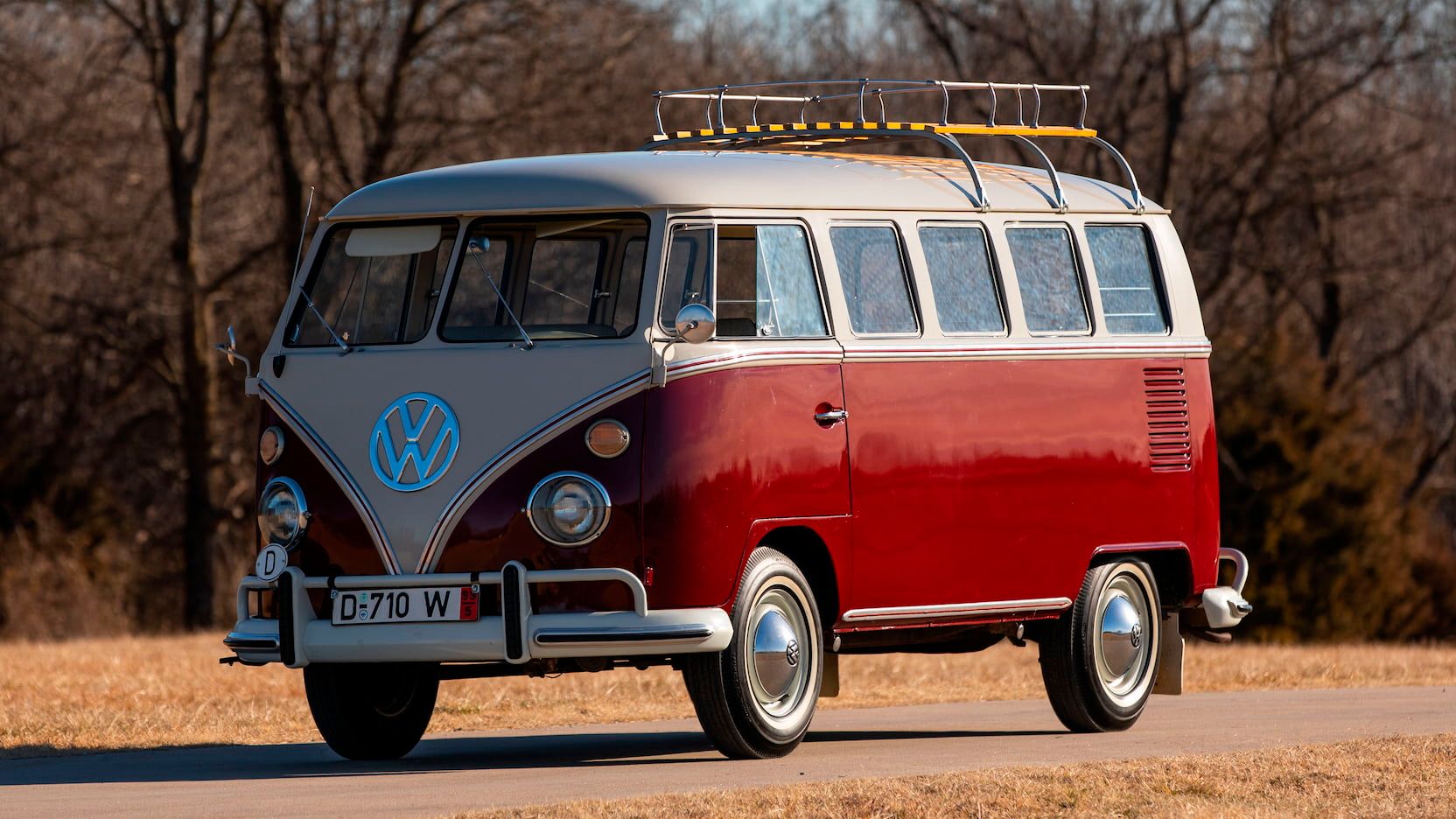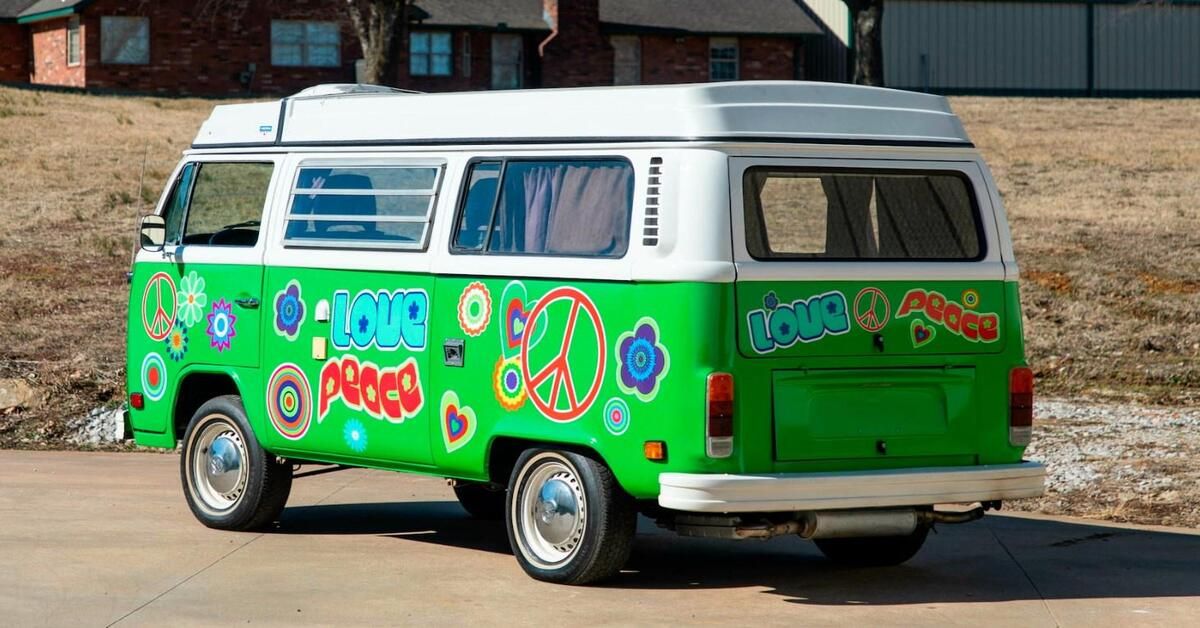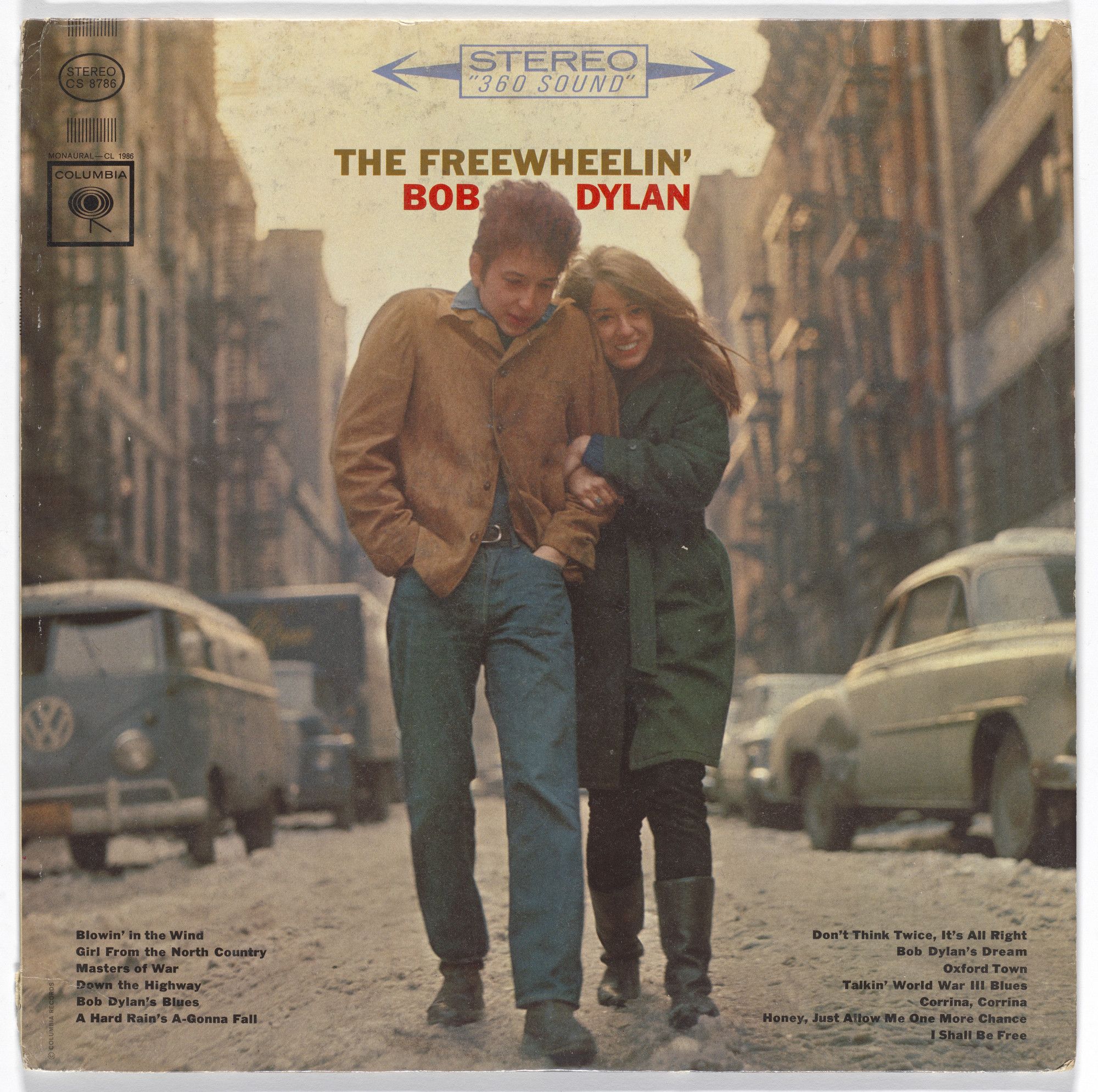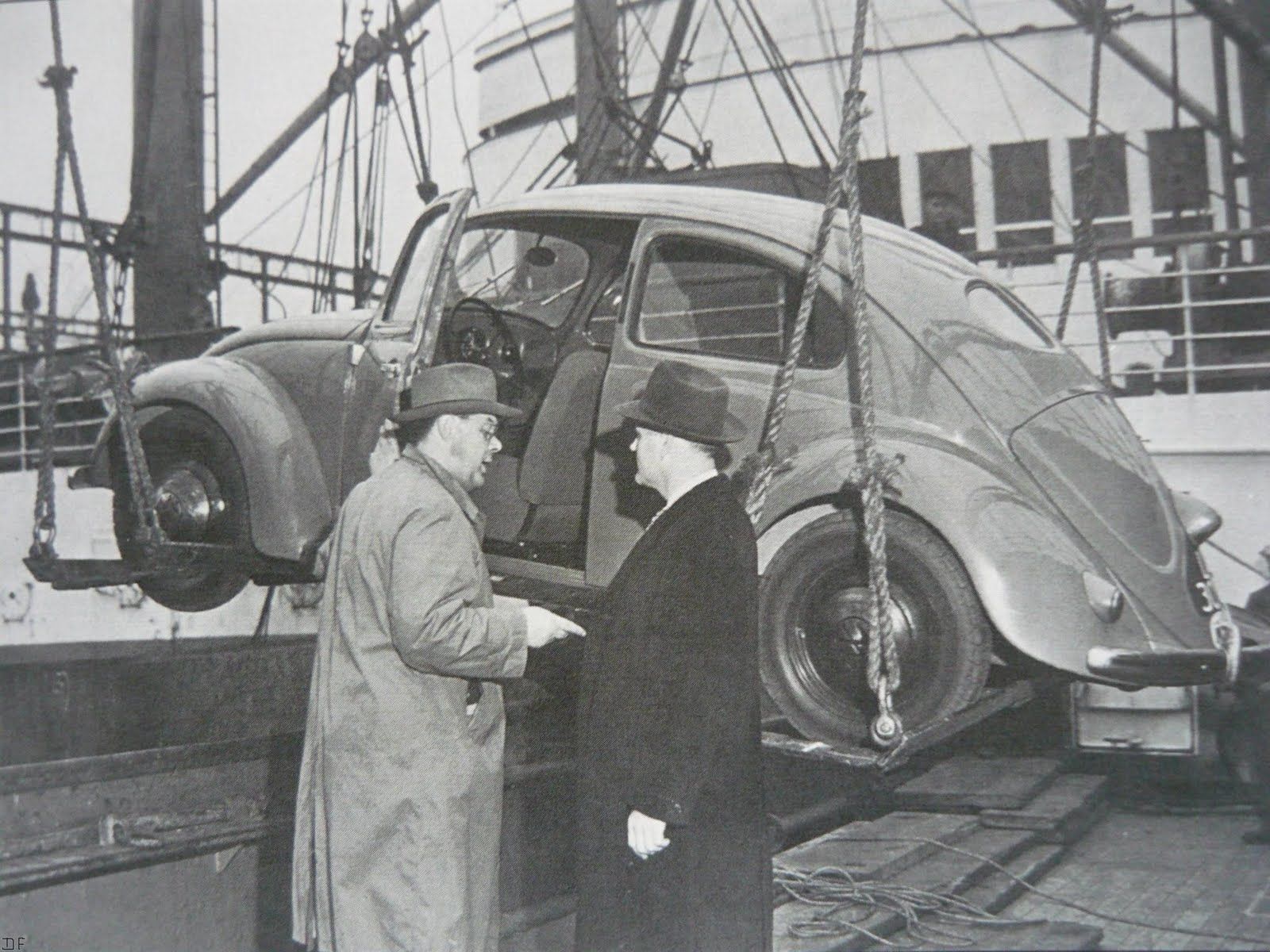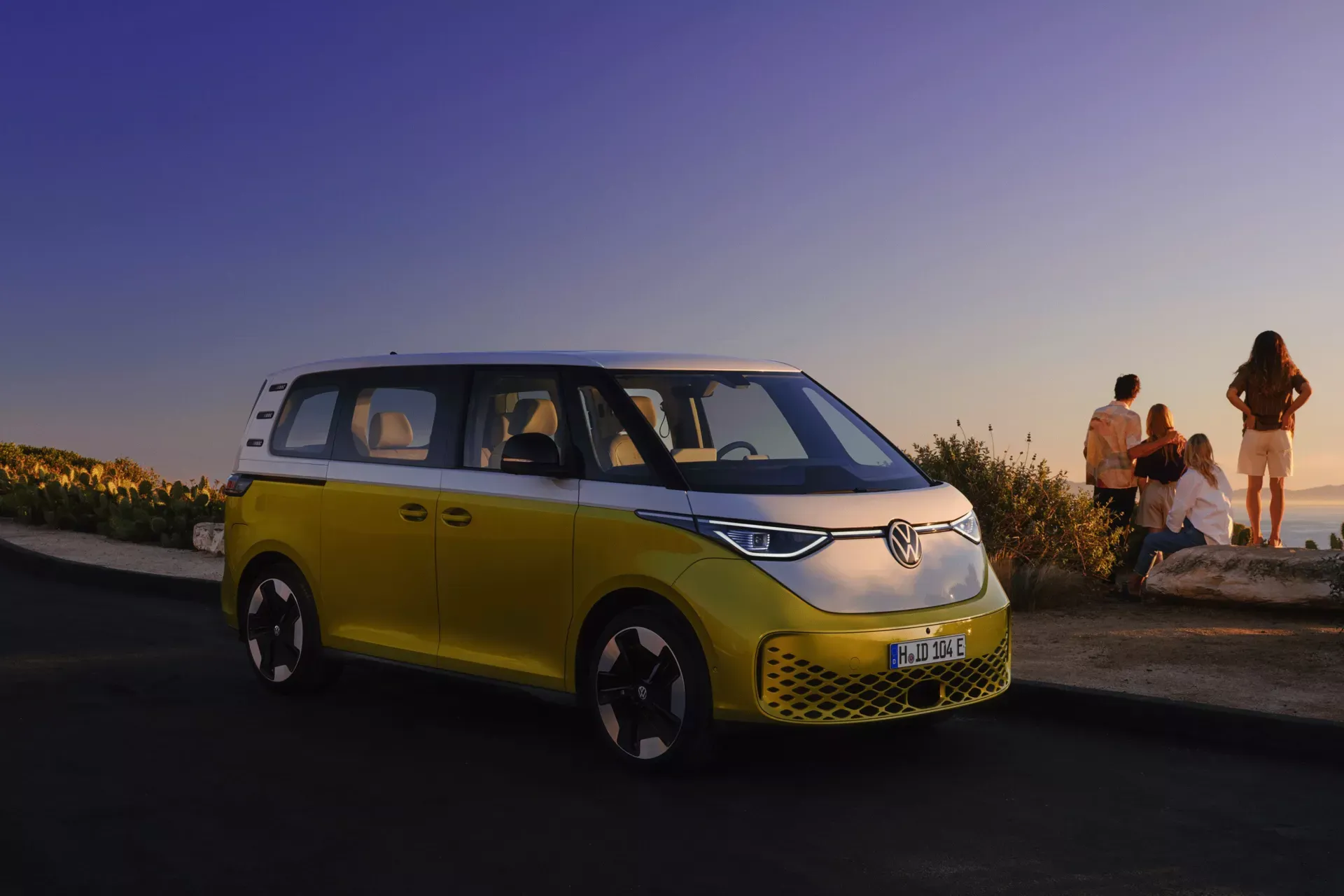The Volkswagen Type 2 “Camper” or as the people called it, the “Splitty” due to its split-windshield design.
The era when the younger generation, tired of the negativity and hatred in the world decided to revolt against all of it by starting a counterculture. However, the people needed a relatively cheap, roomy, and easy-to-maintain means of transport. That’s where the Volkswagen Type 2 bus came in.
As the 1960s approached, the political world was in somewhat of a dire condition. With war, human rights, social issues, and the civil war in the US gaining traction - there is something else that gained traction, quite literally.
How The Volkswagen Type 2 Became A Pop Culture Icon
It was the Volkswagen Type 2 “Camper” or as the people called it, the “Splitty” due to its split-windshield design.
The era when the younger generation, tired of the negativity and hatred in the world decided to revolt against all of it by starting a counterculture. However, they needed a relatively cheap, roomy, and easy-to-maintain means of transport. That’s where the Volkswagen Type 2 came in.
The Type 2 was introduced by the German automaker Volkswagen in the 1950s as competition to the Chevrolet Corvair 95 Corvan, the Dodge A100, and the Ford Econoline. Although the Ford Econoline ended up gaining fame elsewhere in the world, we will save that story for another time. It was the Type 2 that became a hit in the US.
Priced at a lower cost as compared to its competitors at that time, the Type 2 also gained fame due to the success of the Type 1 “Beetle”. The VW logo at the front of the van was easily converted into the “peace” sign, something that became the symbol of pop culture. Representing freedom, unity, culture, and music - icons such as Bob Dylan used the Volkswagen Type 2 on the cover of his 1963 album, “The Freewheelin’”.
The Significance Of The Volkswagen Type 2
The aesthetic of the Type 2 was also something that made it incredibly popular. Already very popular due to the reasons described above, the Type 2’s boxy design made it easy for people to use the car as a canvas for their imagination.
They painted graffiti, ideas, petitions - everything that would reflect an individual’s personality. Not only the exterior though, but people also loved customizing the interior of the Volkswagen as well. They replaced factory seats and opted for shag carpets to make their “home” a bit cozier. And yes, many people chose to live in their Type 2s.
The Volkswagen Type 2 went on to become the representation of the then-American - now worldwide hipster era, as the Type 2 is breaking records being sold at around $302,500 for a 1965 21-window Deluxe at Barrett-Jackson’s 2017 Scottsdale auction. The van made its appearance on the Velocity Channel’s Bitchin’ Rides. The highest price for a non-modified Type 2 is $291,500 for a restored 1961 23-window Deluxe at Barrett-Jackson’s 2017 Palm Beach Auction.
But that isn’t what the Volkswagen Type 2 always was. Type 2 came from somewhat of a humble beginning. It was made for the working class by Volkswagen. The Type 2 was supposed to help Post-WW2 Germany recover by providing people in Germany with a sizeable, affordable, and practical workhorse that would help the local as well as foreign business owners.
The creation and popularity of the Type 2 are attributed to the Dutch olympian/race-driver and Volkswagen importer, Ben Pon. He is also referred to as the “Father of the Type 2” due to his interest in the vehicle. He saw the market for a small, reliable van and pushed on exporting the Type 2 to the US market. This earnt Pon a big fortune. Ben Pon’s father was in the import/export business and the family had been exporting Volkswagen Type 1 “Beetle” into the US for some time.
The Type 2 was offered in plenty of configurations such as their pickup-truck variant with a flatbed on the back. But it was only about time when the Type 2 boom in the US made Volkswagen realize that the camper-van style was the way to go.
Despite its popularity, the Type 2 was very un-aerodynamic, using the same 25 HP flat-four engine from the Volkswagen Beetle. Volkswagen acknowledged any issues with the Type 2 hence in 1967 they decided to introduce the T2 which went away with the “Splitty”, 2 pane-split windshields and instead featured a single pane window termed the “Bay Window” or simply the “Bay”.
But the windshield was not the only upgrade. VW also upped the engine, kitting the car with a newer, more powerful engine which kicked out 48 HP. They later made an even more powerful variant with an engine which pushed out 70 HP.
To say the least, the car was a massive success. Not only in the US market, but it proved to be a reliable vehicle everywhere else in the world. Production was ramped up - as more factories in Mexico, Brazil, Australia, and Argentina started producing the Type 2. It was due to its easy-to-work-on manufacturing. People all over the world tailored the Type 2 to cater to their needs in any, and every way possible. And that’s why, around six decades later, the Type 2 succeeded to put its name onto the list of cars that changed the world as we see it. It became the most significant vehicle to roll off the Volkswagen assembly line.
The Future Of The Volkswagen Bus - The ID. Buzz
We like to reminisce and revisit our successes. Just like us, so does Volkswagen. In 2017, Volkswagen unveiled Type 2-inspired concept car at the North American International Auto Show. It's an electric-powered “minivan” named the “ID. Buzz”, with a similar reminiscent boxy look we have all loved for years. The production car was finally made in March 2022, planned for the European market in the second half of 2022. The minivan is set to be available in the US in 2024.

